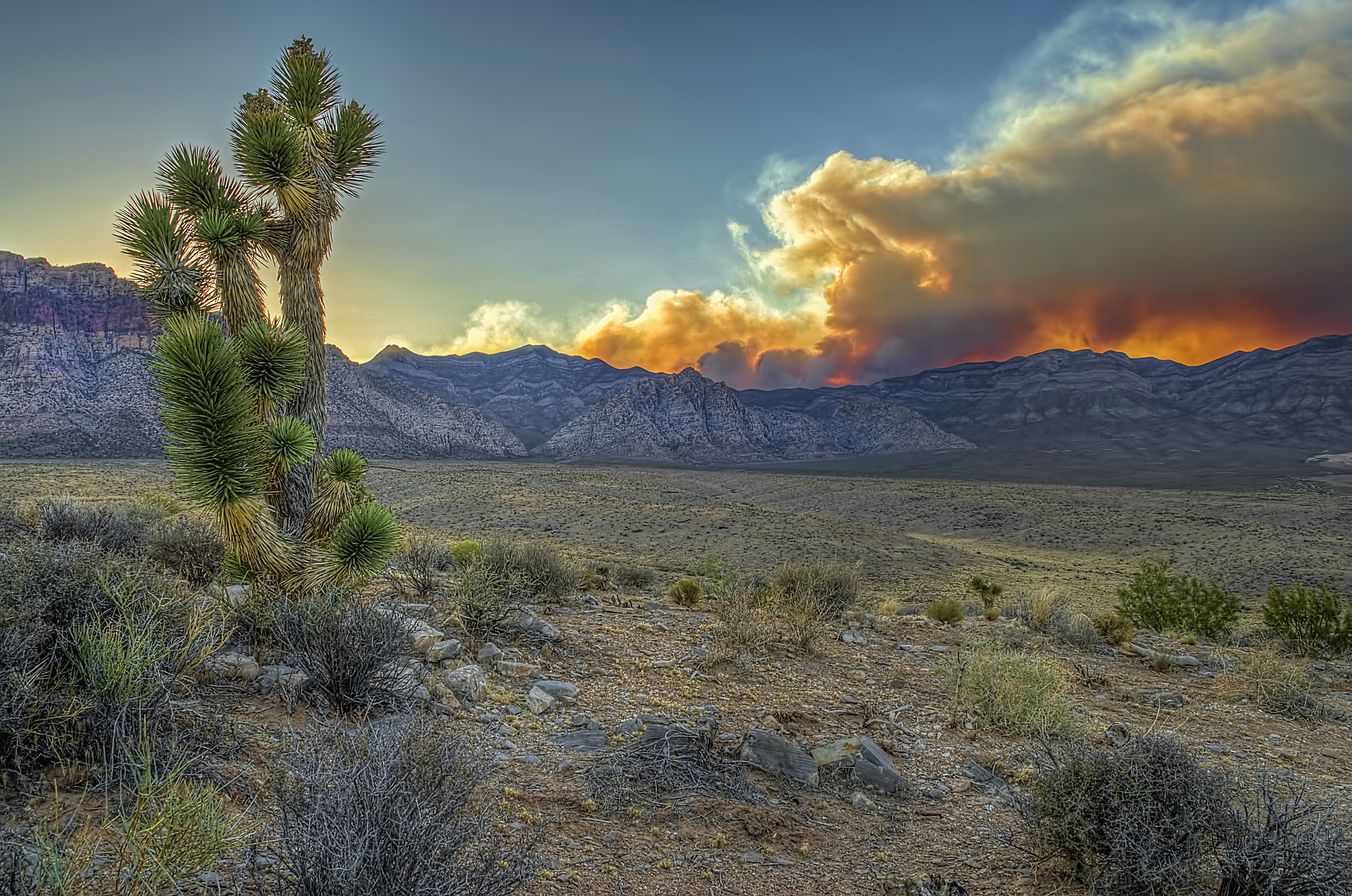Back to the future

It’s 2020, and another Clark County public lands bill is in the works. A brief history lesson is needed.
In the late ‘70's I encouraged Nevada Congressman James Santini to initiate legislation that would authorize excess Bureau of Land Management (BLM) lands in the Las Vegas valley to be sold to finance the purchase of environmentally-sensitive lands, primarily in southern Nevada. The BLM lands were being sold, and the proceeds disappeared into the U.S. Treasury. While we were dealing with the impacts of growth, exchanges of private, environmentally sensitive lands with federal lands were languishing. California Congressman Phil Burton joined Congressman Santini in drawing a map of the disposal boundary for the sale of excess public lands within the valley and developing a “trust” fund to allow the proceeds from the sales to be banked for later use in purchasing private-environmentally sensitive lands - for example, Mount Charleston. Complicated, time-consuming land exchanges with the federal government could effectively be broken into two separate parts.) The legislation became law on December 23, 1980.
In the early ‘90's, the Santini-Burton boundaries were judged to be too small, and a new legislative process began. I encouraged then-Congressman Jim Bilbray to update the “Santini-Burton” boundaries and original Clark County public lands bill. A priority in the expansion of the disposal/growth boundary for metropolitan Las Vegas was to retain public lands on the boundaries of the Lake Mead National Recreation Area, Sloan Canyon, Red Rock National Conservation Area, Mount Charleston, and the Desert National Wildlife Refuge for a trail and municipal parks around the valley and to ease the transition from developed landscapes to our nationally-recognized natural areas. Our growth in population and the metropolitan area was already having detrimental impacts on these areas. Unfortunately, Congressman Bilbray left the House on January 3, 1995. The Nevada congressional delegation was able to finish the pioneering efforts of Congressman Bilbray with the enactment of the Southern Nevada Public Lands Management Act (SNPLMA) of 1998.
In the late ‘90's many issues related to our rapid growth were of concern: air quality, transportation, parks and trails, water quantity and quality, schools, our medical system, and our quality of life. Nevada SB 383 (1997) created the Strategic Planning Authority, and I was one of the 21 members of that body. Summerlin created an advisory board in 1998 to guide their future development, and I was on that board. The Southern Nevada Regional Planning Coalition was created in October, 1998. The City of Las Vegas initiated the development of Las Vegas Master Plan 2020 in September, 1999 and a 52-member steering committee, and I was on that committee. Citizen advisory committees were created by the Las Vegas Valley Water District and the Southern Nevada Water Authority to consider our infrastructure, rates, and water supply for future growth, and I was on those committees. It was a busy period for committees and those who were concerned with our future.
Where are we today after the Las Vegas Master Plan 2020 and all those other planning efforts?
The Southern Nevada Regional Planning Coalition, created in 1999, may be on life support after a vote earlier this year to dissolve it.
We have undeveloped lands within the SNPLMA disposal boundary, but some want more land outside the Las Vegas valley for development. The desert tortoise was designated as a threatened species in 1990, but we have lost habitat and tortoises since then. Water supply and water quality issues remain big concerns today, as back then. Air quality may be better by some measures, but the haze over our valley indicates to me that more needs to be done. The Las Vegas metropolitan area seems to be getting hotter because of our expanding “heat island” and global warming. Our open spaces and recreational areas are becoming overwhelmed by their popularity and our growing population. Our schools and medical system are strained. Our transportation infrastructure still struggles to keep up with the growth. While there has been progress in some areas in dealing with our population growth and expanding metropolitan area, we still have significant challenges ahead. What happened to the collaborative, visionary planning processes we had in the past?
It seems with the current Clark County Public Lands bill, the thought is that we need to expand now outside the valley, along the I-15 corridor. Concerns about that expansion on air quality, transportation, open space and recreation, the desert tortoise and other wildlife, water quantity and water quality in Lake Mead are either of no concern, or will be dealt with later. Where we accepted in the late ‘90's limits on our geographical boundaries for growth and the promotion of infill and higher density to allow for better delivery of critical infrastructure, such as mass transit, roads, schools and water systems, some believe it is time to break out of the Las Vegas valley and grow with seemingly no limits.
We need to carefully look at this new Clark County public lands bill, consider the past, and consider its implications for our future. It may have unintended consequences for our traffic congestion, air quality, water, open spaces, and quality of life. We still have private-environmentally sensitive lands in southern Nevada that are worthy of purchase, such as Blue Diamond Hill next to Red Rock. Careful review, from a variety of perspectives, is needed. What we need today is regional planning and a revised blueprint for our future growth before we go to Congress to say that we need another Clark County lands bill. We need, as we have had in the past, planning and legislative processes in which the public has opportunities to comment on, and shape, the future of our region.
Jeff van Ee is currently President of the Nevada Outdoor Recreation Association (NORA) – advocates our public lands, managed by the Bureau of Land Management.
